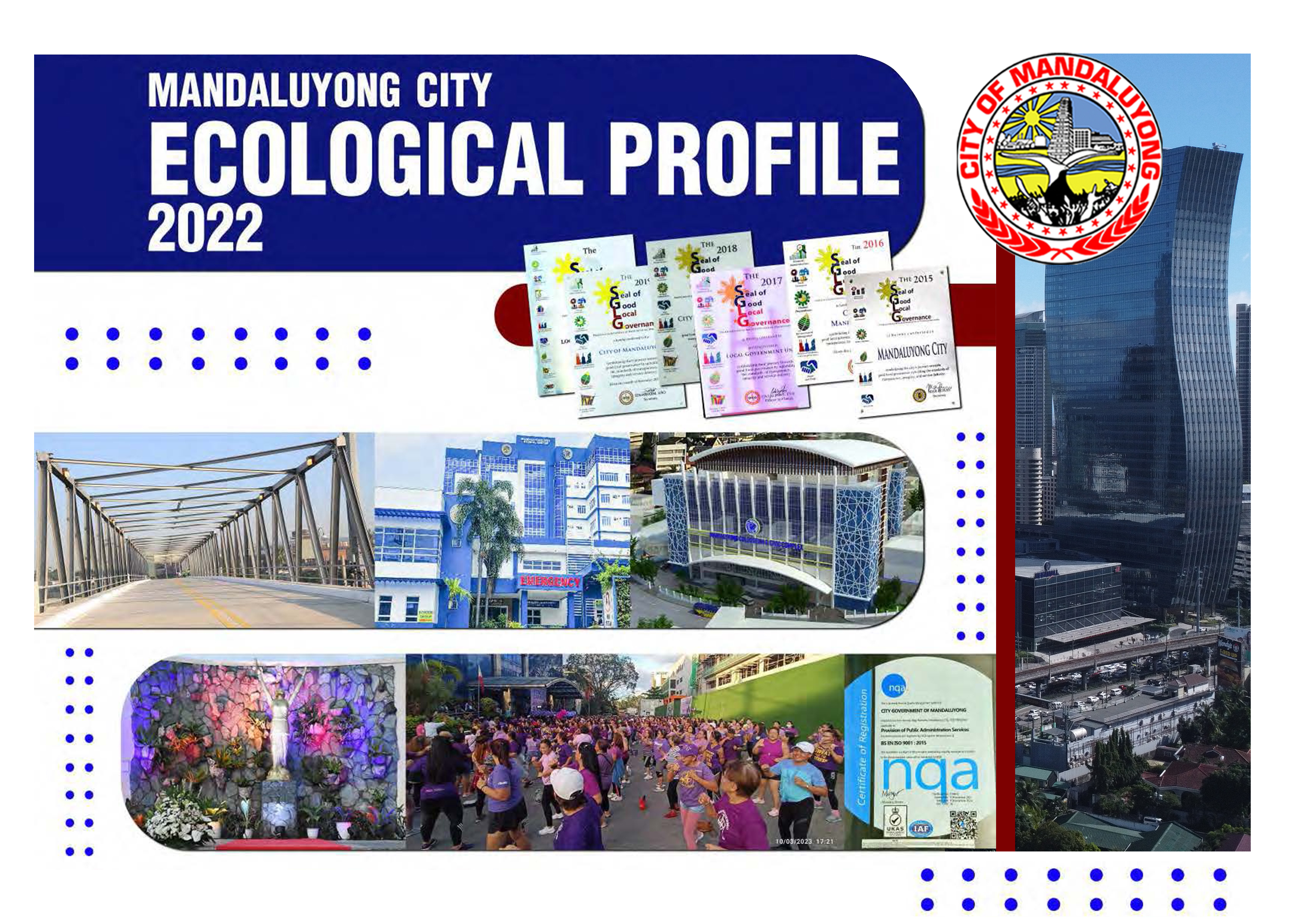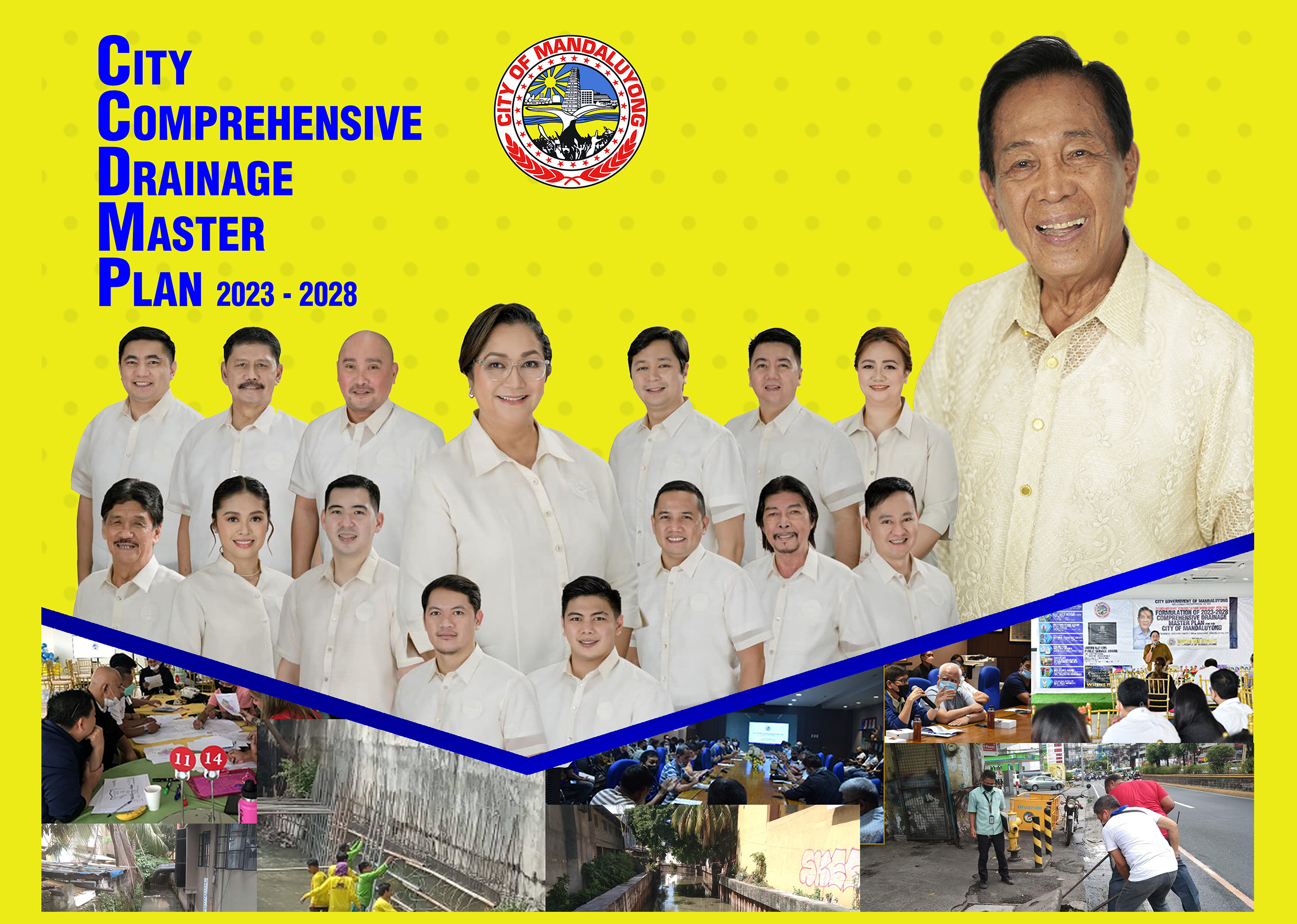
Integrated Underground Wiring System
THE MANDALUYONG CITY ORDINANCE NO. 948, S-2023
An ordinance adopting and approving the integrated underground wiring and cabling system plan for the City of Mandaluyong and implementing its phase 1 as initial area covering the maysilo circle and the entirety of the Mandaluyong City Hall Complex, appropriating funds thereof, and for other purposes
WHEREAS, Section 16 of Republic Act No. 7160, also known as the “Local Government Code of 1991” imposes upon every local government unit the duty to exercise powers essential to the promotion of the general welfare, promote health and safety, and preserve the comfort and convenience of their inhabitants;
WHEREAS, Section 458 of the same Code provides for the duty of the Sangguniang Panlungsod to enact measures necessary to ensure the efficient and effective delivery of basic services and facilities, including the regulation of the placing, stringing, attaching, installing, repair, and construction of all electric, telegraph, and telephone wires, conduits, meters, and apparatus;
WHEREAS, the Comprehensive Land Use Plan of Mandaluyong City 2017-2032 approved by the Housing and Land Use Regulatory Board through Resolution No. 958, Series of 2017 dated 27 November 2017, provides design principles and development guidelines of a well-planned, sustainable, peaceful environment and smart city;
WHEREAS, as further provided by the pertinent provision in the cited Code, it is likewise incumbent upon the City Government, through the Sangguniang Panlungsod, to provide for the correction, condemnation, or removal of the same when found to be dangerous, defective, or otherwise hazardous to the welfare of its constituents;
WHEREAS, the existence of loose and dangling wires, both in the major thoroughfares and the inner streets of the City, poses clear and actual danger to the overall safety and security of individuals;
WHEREAS, the clamor to address the faulty wires, inferior and leaning posts, and other faulty logistical equipment installed within the City of Mandaluyong finds its basis on the numerous incidents of accidents, fire incidents, and similar occurrences heightened by the existence of these faulty equipment and structures;

Mandaluyong City Ecological Profile 2022
Mandaluyong City lies at the heart of Metro Manila, the 18th largest metropolitan area in the world. It is bounded on the north by the City of San Juan, on the northeast by Quezon City, on the east by Pasig City, on the south by Pasig River and Makati City, and on the west by San Juan and Pasig Rivers and the City of Manila (Map 1.0.). It is the 6th smallest city in the Philippines with an area of 11.26 km2
Specifically, Mandaluyong lies between Latitudes 14˚34’00” and 14˚36’00”, and Longitudes 121˚01’00” and 121˚03’00”.
A quick survey of its perimeter will show its varied urban characteristics, from low to medium density residential subdivision on the north, medium-scale commercial districts on the west, and emerging commercial activities of regional scale on the east and the south.
Noticeable upon entrance to the city are transportation landmarks such as the Sevilla, Lambingan, Barangka Drive-Estrella Bridge and Makati-Mandaluyong Bridges, the Guadalupe Bridge and Cloverleaf, the Pioneer Underpass, and the Ortigas Interchange.
Location and accessibility of the city will further improve upon implementation of the following proposed projects:

City Comprehensive Drainage Master Plan
THE MANDALUYONG CITY RESOLUTION NO. 3227, S-2023
A resolution adopting the comprehensive drainage master plan 2023-2028 of the City of Mandaluyong
WHEREAS, the 1991 Local Government Code, Section 17 provides basic services and facilities (b) (2) (viii) which mandates local government units to provide for infrastructure facilities to include small water impounding projects and other similar projects, rainwater collectors and water supply systems, seawalls, dikes, drainage and sewerage, and flood control;
WHEREAS, the 2009 Supreme Court Mandamus to clean up, rehabilitate and preserve Manila Bay states that the MMDA as the lead agency and implementor of programs and projects for flood control and drainage services in Metro Manila, in coordination with the DPWH, DILG, affected LGUS, PNP Maritime Group, Housing and Urban Development Coordinating Council (HUDCC) and other agencies, shall dismantle and remove all structures, constructions, and other encroachments established in violation of Republic Act No. 7279 and other applicable laws along Pasig-Marikina-San Juan Rivers, the NCR (Parañaque-Zapote, Las Piñas) Rivers, the Navotas-Malabon-Tullahan Tenejeros Rivers and connecting waterways and esteros in Metro Manila;
WHEREAS, in correlation thereto, Republic Act No. 10121 or the Philippine Disaster Risk Reduction and Management Act of 2010 was passed making it the policy of the State, among others, to uphold the people's constitutional rights to life and property by building the resilience of local communities to disasters including climate change impacts;
WHEREAS, envisioning Mandaluyong as a world-class City of God-centered responsible and resilient society living secured in a well-planned, sustainable and peaceful environment that nurtures inclusive economic growth towards global competence, under a leadership that is visionary, dynamic and pro-active, a Comprehensive Drainage Master Plan was formulated and prepared by the created Inter-Agency Team (IAT) as guide in programming and implementing flood control and drainage-relevant projects and activities for the City from 2023 to 2028;
WHEREAS, while Mandaluyong City and the whole Metro Manila were not affected as much as the South, the flood brought about by typhoon Odette on December 16, 2021 was a devastating wake-up call as to how quickly flood waters can disrupt entire communities within a relatively short period of time;
WHEREAS, the City Government of Mandaluyong recognizes the phenomenon of rapid urbanization in the Metro Manila area and nearby rural areas, and it poses a big challenge to address our existing drainage system and flooding in the City: